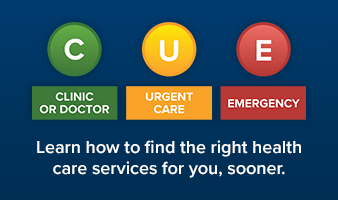Media Release
Winnipeg’s growing population facing inequity in healthy living
Winnipeg Regional Health Authority
Wednesday, December 18, 2019
All five health regions across Manitoba released their Community Health Assessment Reports today, including the Winnipeg Regional Health Authority (WRHA). The Winnipeg-based report highlights the city’s growing population as one that is enjoying a longer life expectancy of nearly a full year more than it did five years ago.
This year’s Community Health Assessment indicates that the population of the Winnipeg Health Region (including East and West St. Paul) will grow from just over 778,000 residents last year to more than 966,000 residents in the next 10 years. Likewise, the proportion of Winnipeg’s population that is over the age of 65 will also increase from 15.8 per cent to 18.9 per cent over the same period.
The Community Health Assessment Report is a legislative requirement of all Manitoba regional health authorities. It describes the characteristics of each population and its communities, reports on the health status, determinants of health, and access to health services in each region. In Winnipeg, the assessment is used by a variety of health and social service delivery and support organizations to inform their efforts within the community.
“This year’s report highlights some of the good work happening across Winnipeg but it also underscores some of the challenges our city faces,” said Gina Trinidad, Chief Health Operations Officer for the WRHA. “Those challenges call for creative, collaborative solutions from an integrated system of service providers.”
Trinidad highlights progress in areas such as life expectancy for people within the WRHA, the decreased number of hospitalizations and deaths due to heart attack and stroke as well as the lower-than average (provincially) mortality rate for all cancers as positive progress for the WRHA.
In contrast, the assessment indicates that chronic disease rates continue to increase within the WRHA while immunization rates continue to fall well below national targets for a variety of commonly available vaccines such as seasonal flu, measles, mumps, rubella and varicella as well as the newer vaccine offered to prevent human papilloma virus (HPV).
“What is concerning about the report’s findings is the ever-present disparity that exists between neighbourhoods across Winnipeg,” said Trinidad. “One example that stood out for me is the nearly 18-year difference in life expectancy in different neighbourhoods across our city – that disparity is something we need to take a hard look at. The link to social and economic development is key and we need to ensure all community partners are focused on actions that will address this over time.”
In spite of some of the more sobering indicators, Trinidad is optimistic that the foundation for change is being laid. She points to partnerships with other community and social service agencies as the future for better health outcomes. One example offered within Winnipeg is the Access Centre model that co-locates health and social services in locations across Winnipeg and southern Manitoba.
“It is these creative solutions that offer support and security for activities of daily living that promote better health outcomes for our community. It remains clear there is work to be done to improve health outcomes for Winnipeggers and I look forward to seeing more innovative solutions come forward based on the information available in the assessment released today.”

